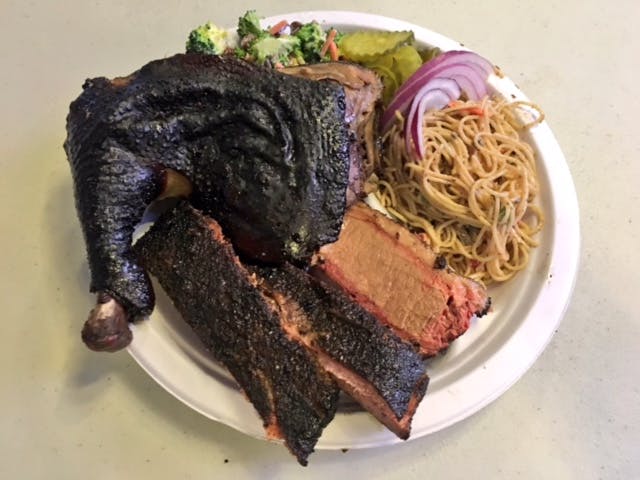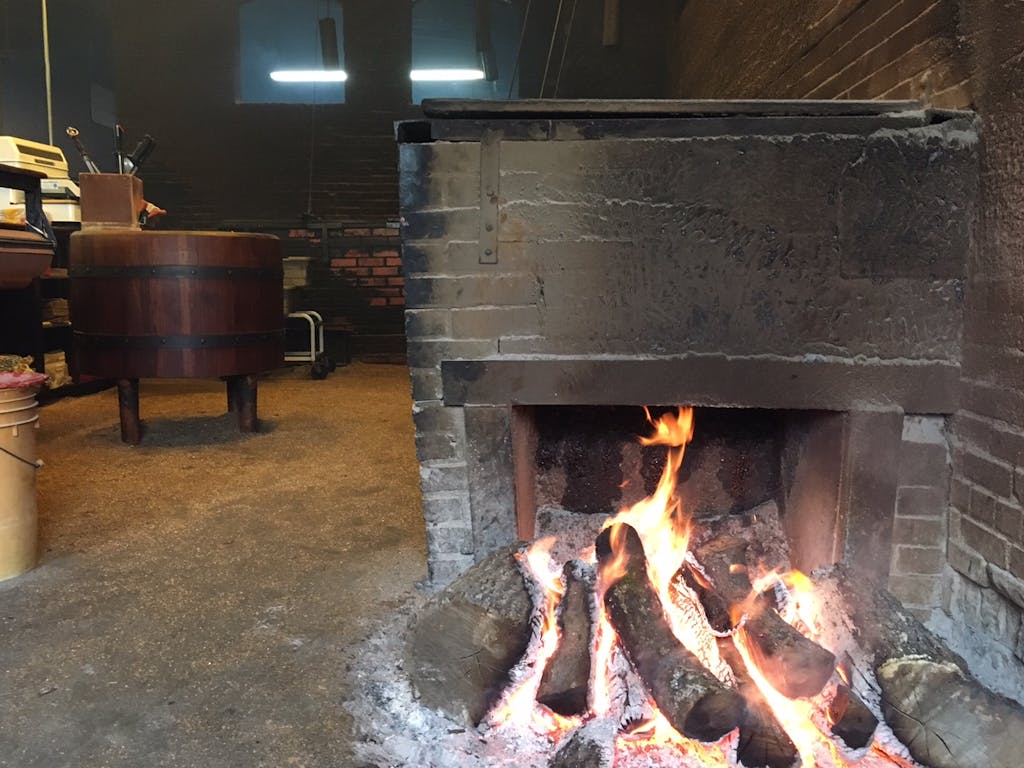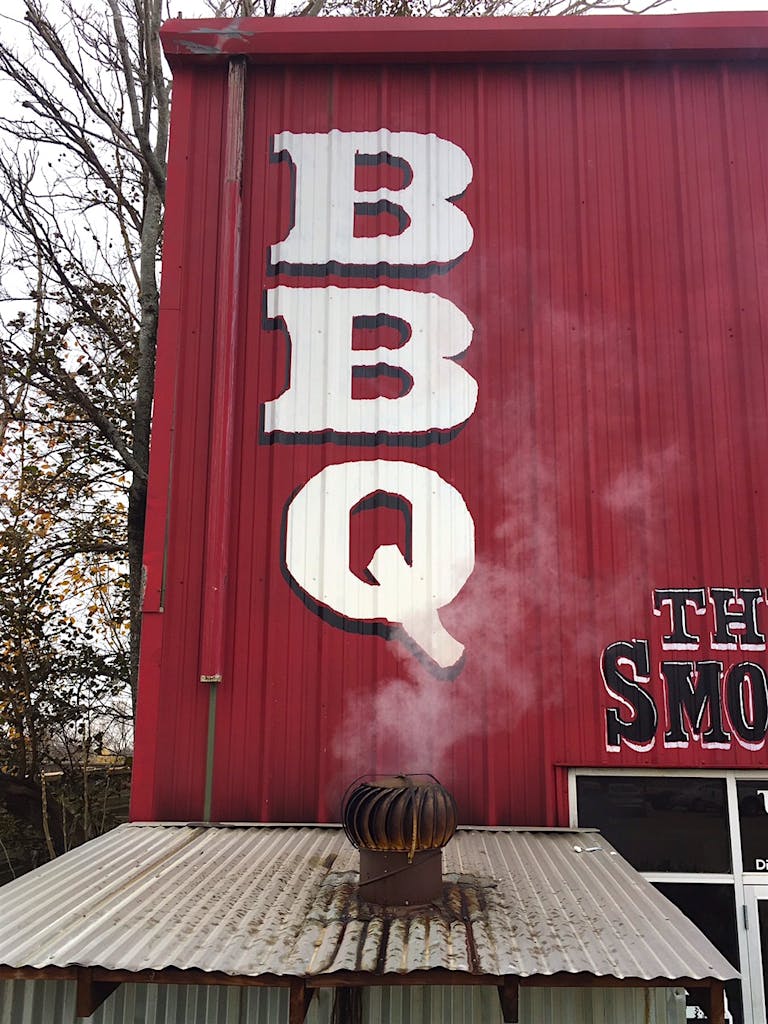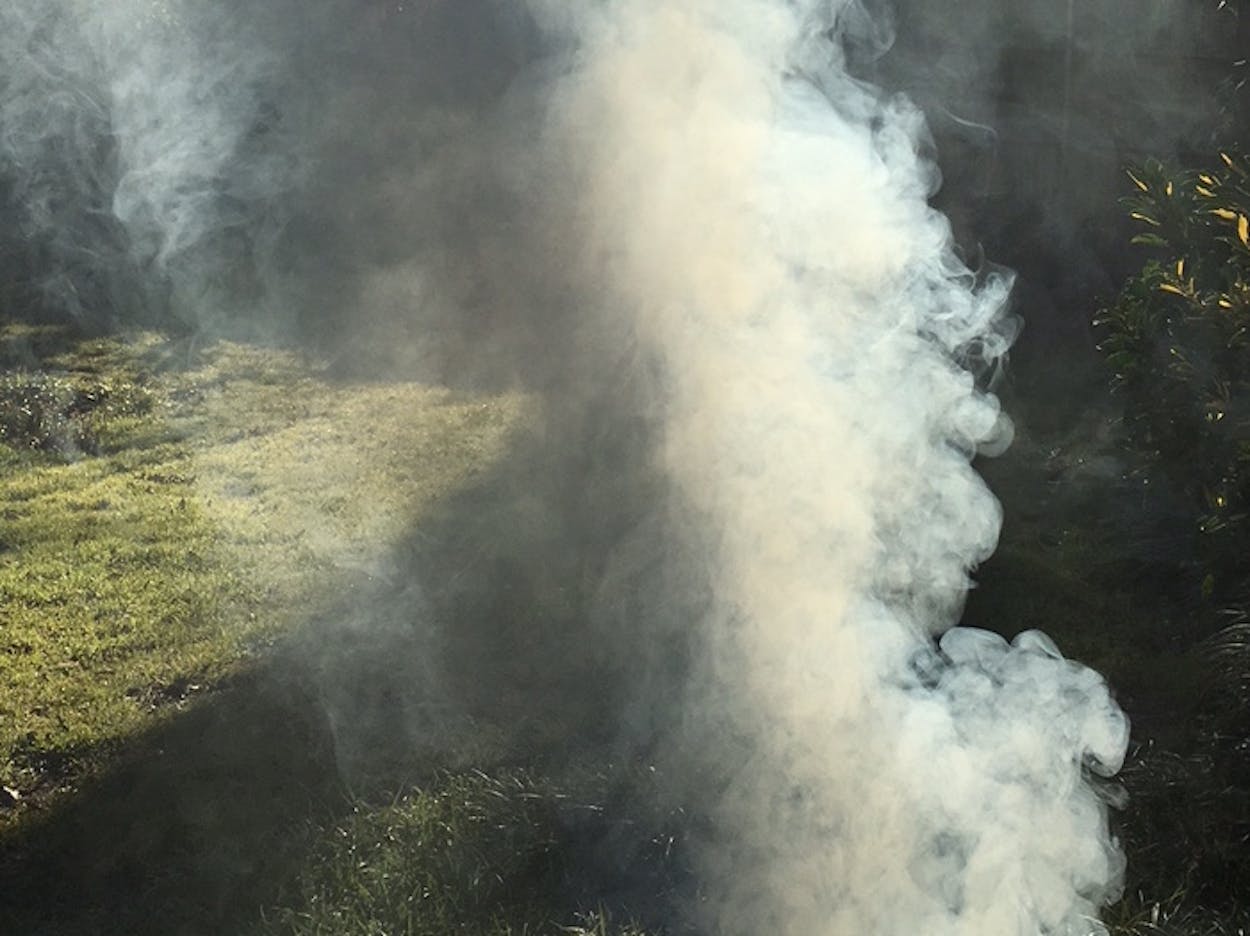Several years ago on a backroad near Galveston, I happened upon a roadside barbecue stand. Of course I stopped and ordered a combo plate. As I opened the styrofoam container, I was hit with the smell of a smoldering fireplace. The brisket and ribs were jet black. It was the smokiest barbecue I’d ever eaten, and at first I couldn’t figure out if that was a good thing. The numbing sensation on my lips and tongue that followed certainly wasn’t pleasant, nor was the lingering flavor of wood ash I tasted in my throat the rest of the day. I couldn’t pinpoint what had gone wrong, but after many similar experiences, I now know it was barbecue cooked with dirty smoke.

What is dirty smoke? Imagine a Peterbilt truck climbing a steep incline. Now picture the thick, black smoke rolling out of the chrome exhaust pipes as the truck’s engine struggles to push the massive payload forward. If that exhaust looks anything like the smoke coming out of your backyard smoker, then you’re cooking with dirty smoke, which is the result of a fire that’s almost out, or one that never really got going.
Clean wood-fire produces clean, almost transparent smoke, which is thinner and exits the exhaust rapidly. It’s sometimes referred to as blue smoke, unlike the thick gray smoke of a dirty fire that could block out the sunlight. Clean smoke smells better too. Think of the difference between a roaring campfire versus that same fire hours later. As it dies out, thick gray plumes sting the eyes and nose. The only way to fix it is to put it out completely, or add some dry wood and get the flames going again. The same principle applies in your firebox.

The first rule in fire management is, well, that you need a fire to manage. Before you even think about putting meat into the smoker, allow the fire to move through its initial stages. The first bit of smoke coming out of the exhaust will be dark gray, then it’ll become white as the fire progresses, and eventually it will move to the desired blue-smoke stage. This is the smoke color you want to maintain throughout the cooking process.
As wood begins to burn, the smoke deposits flavors on the meat, so the quality of smoke can make a huge difference. As Modernist Cuisine explains, “smoke is a mixture of all three states of matter, a blend of solid particles of soot and tiny droplets of liquid suspended in air and vaporized chemicals.” The thick smoke from a smoldering fire carries a higher concentration of those sooty solid particles. Once the fire temperature reaches 750 degrees Fahrenheit, the more flavorful compounds come forward. According to Harold McGee in his book On Food and Cooking, compounds like guaiacol and phenol provide the pungent and spicy flavors that we’d call “smoky.” Vanillin tastes like vanilla, isoeugenol like cloves, and syringol like sausage. These are the desirable flavors that smoke provides, but only at higher temperatures.

Lignin, the hard stuff that gives wood stability, also provides the distinct flavors of hardwood smoke. Mesquite smoke tastes like mesquite smoke because, as it burns, its lignin releases distinct flavors that oak or hickory don’t have. The lignin content in wood also determines how hot it will burn. Mesquite wood is much higher in lignin content than most other barbecue fuels like pecan, hickory, and oak, so it’s a bit harder to tame. Most people associate mesquite with overwhelming smoke flavor when it comes to long-cooking cuts like brisket, but I’d say that has as much to do with poor fire management. Since mesquite burns so hot, it’s more tempting to shut down the dampers to cool the smoker temperature, thus creating more dirty smoke. Focus on building and maintaining an appropriately sized mesquite (or any hardwood) fire, and the result won’t taste like an ashtray.
Here are a few tips to more easily maintain the fire:
Use dry wood — Wood that hasn’t been properly seasoned (dried) retains moisture that hinders its ability to catch on fire. The water retained in wet or green wood will be driven off as steam as it sits in the firebox. The steam cools the fire and inhibits ignition.
Build a coal bed — Allow a bed of hot coals to develop in the firebox, which will help maintain an even smoker temperature. Small logs added onto the hot coal bed one or two at a time will ignite easily, won’t cause massive temperature spikes, and will produce nothing but clean smoke.
Don’t stifle the fire — The number one cause of dirty smoke is lack of oxygen. Stifling the fire by partially closing off the smoker exhaust or the intakes on the firebox will cause the wood to smolder. Smoldering wood might hold a steady smoker temperature for hours, but it also bathes the meat in dirty smoke. When you’re cooking barbecue, the smoker vents and exhausts should be wide open.








